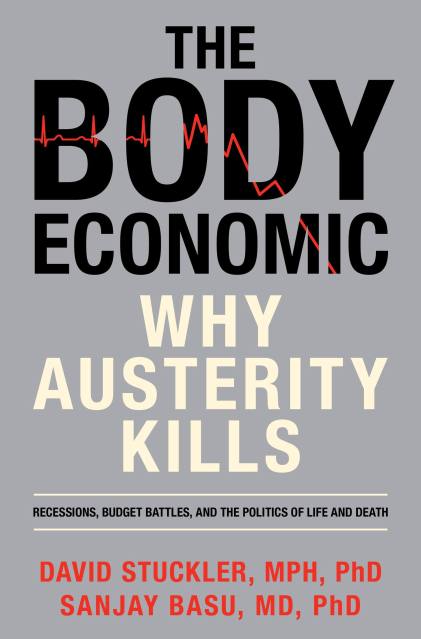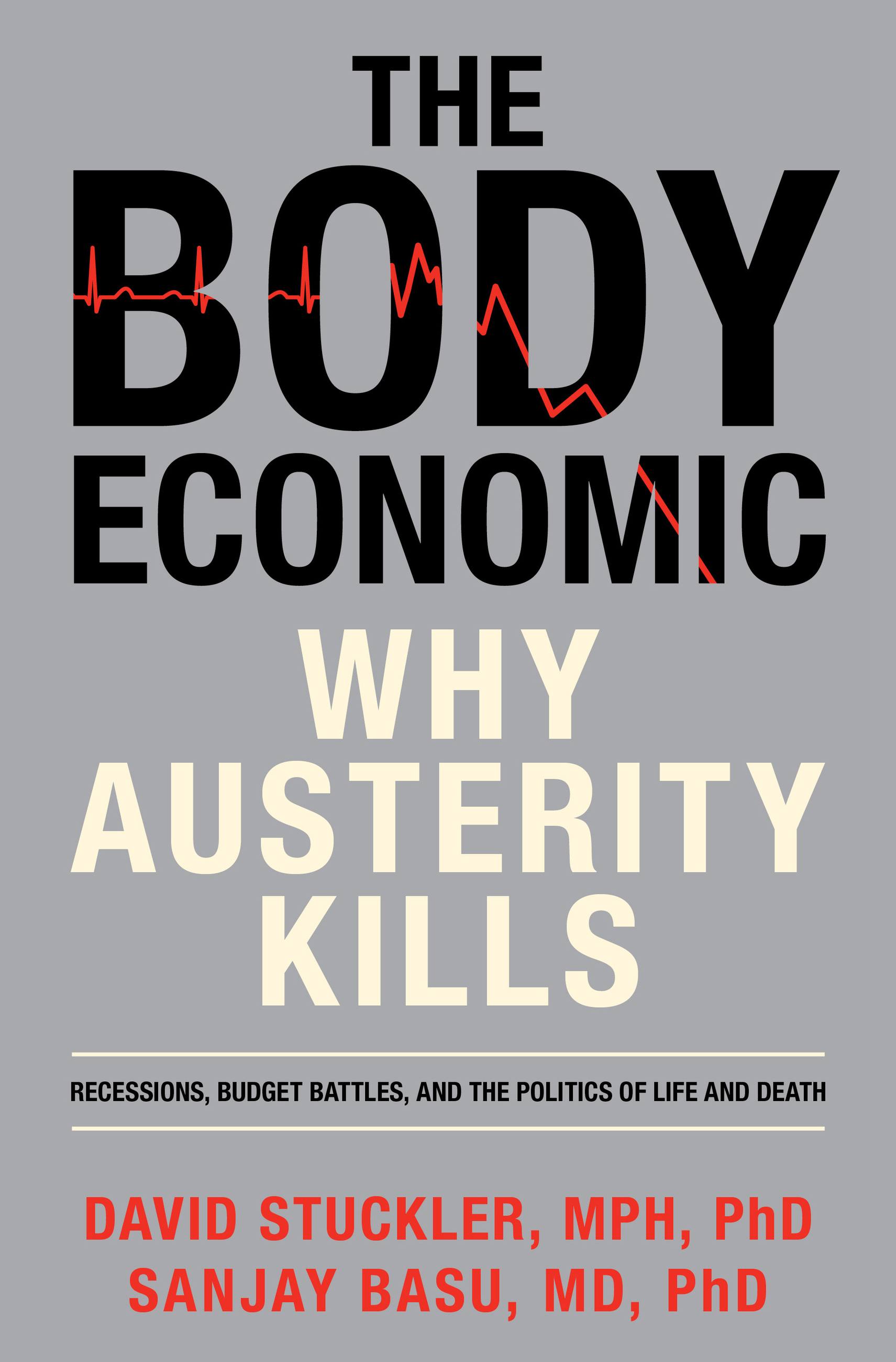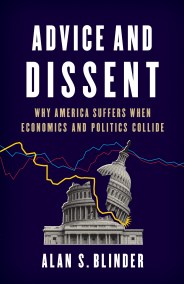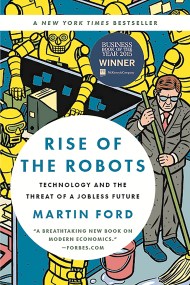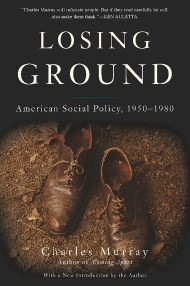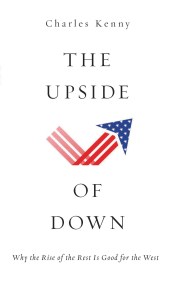Promotion
Use code BEST25 for 25% off storewide. Make sure to order by 11:59am, 12/12 for holiday delivery!
By clicking “Accept,” you agree to the use of cookies and similar technologies on your device as set forth in our Cookie Policy and our Privacy Policy. Please note that certain cookies are essential for this website to function properly and do not require user consent to be deployed.
The Body Economic
Why Austerity Kills
Contributors
By Sanjay Basu
Formats and Prices
- On Sale
- May 21, 2013
- Page Count
- 240 pages
- Publisher
- Basic Books
- ISBN-13
- 9780465063970
Price
$17.99Format
Format:
- ebook $17.99
- Hardcover $35.00
This item is a preorder. Your payment method will be charged immediately, and the product is expected to ship on or around May 21, 2013. This date is subject to change due to shipping delays beyond our control.
Buy from Other Retailers:
In The Body Economic, Stuckler and Basu mine data from around the globe and throughout history to show how government policy becomes a matter of life and death during financial crises. In a series of historical case studies stretching from 1930s America, to Russia and Indonesia in the 1990s, to present-day Greece, Britain, Spain, and the U.S., Stuckler and Basu reveal that governmental mismanagement of financial strife has resulted in a grim array of human tragedies, from suicides to HIV infections. Yet people can and do stay healthy, and even get healthier, during downturns. During the Great Depression, U.S. deaths actually plummeted, and today Iceland, Norway, and Japan are happier and healthier than ever, proof that public wellbeing need not be sacrificed for fiscal health.
Full of shocking and counterintuitive revelations and bold policy recommendations, The Body Economic offers an alternative to austerity—one that will prevent widespread suffering, both now and in the future.
Newsletter Signup
By clicking ‘Sign Up,’ I acknowledge that I have read and agree to Hachette Book Group’s Privacy Policy and Terms of Use
